
 Add to Favorites
Add to FavoritesNasturtium is a wildflower that is edible as a lovely decorative plant for your salads.
Most of you uncertain about natural plants check out the site for edible wild plants and flowers, and you find a lot of them. When you live in nature, you begin to entrain with the cyclic rhythms of nature and get to know how to live a healthier lifestyle, just being in nature. Mix it with rockets arugula leaves, whip up your favorite dressing, and top it off for a light salad.
We all love exotic colors in food. That’s what attracts us, right. Nasturtium flower salad attaches a gleaming punch of color, is a great way to boost up your salads. Around the world, many chefs these flowers to conceive utterly stunning plates of art. Typical wedding cakes now are also decorated with nasturtiums, presenting them with extraordinary artistic life. The leaves and flowers are milder to the palate. You can add nasturtium leaves and flowers to soups and any green salads.
Nasturtium tinkles your palate lightly with a piquant flavor and aroma evocative of mustard. For a while, they were known as “Indian cresses,” as the flavor characteristics of nasturtium and watercress were similar. As the Spaniards introduced the Americas to the rest of the world as “The Indies.”
They grow wild in most Africa, Europe, South and North America, and Asia, basically everywhere. There are all sorts of edible plants in most unlikely places in nature and even around your homes. These attractive yellow-orange blossoms are gentle to the taste, and rounded leaves of the common nasturtium (Tropaeolum majus) are a little pungent to the taste.
The explorer brought these plants originally from Peru back to Europe and other places around 1686. A famous Swedish botanist Carolus Linnaeus from the late 1700s noted the resemblance in form between the plant’s dazzling flowers and gold. The Roman helmets were called Tropaea, often blood-stained like the color of the Nasturtium flower. Henceforth the Latin name Tropaeolum.
[sp_recipe}


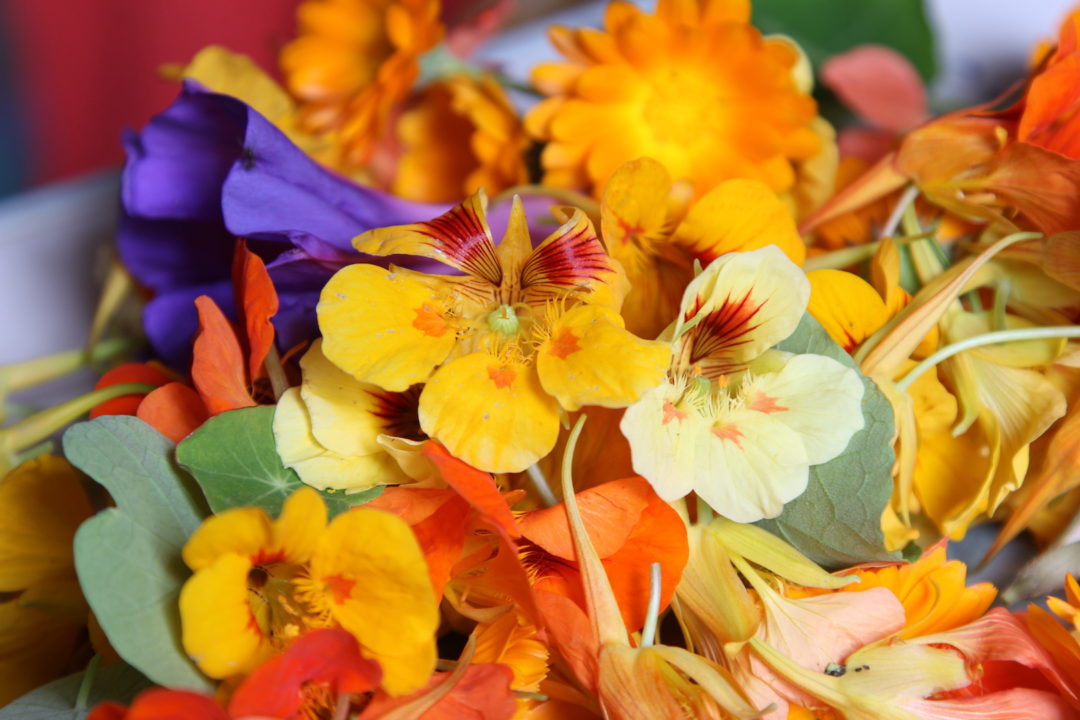

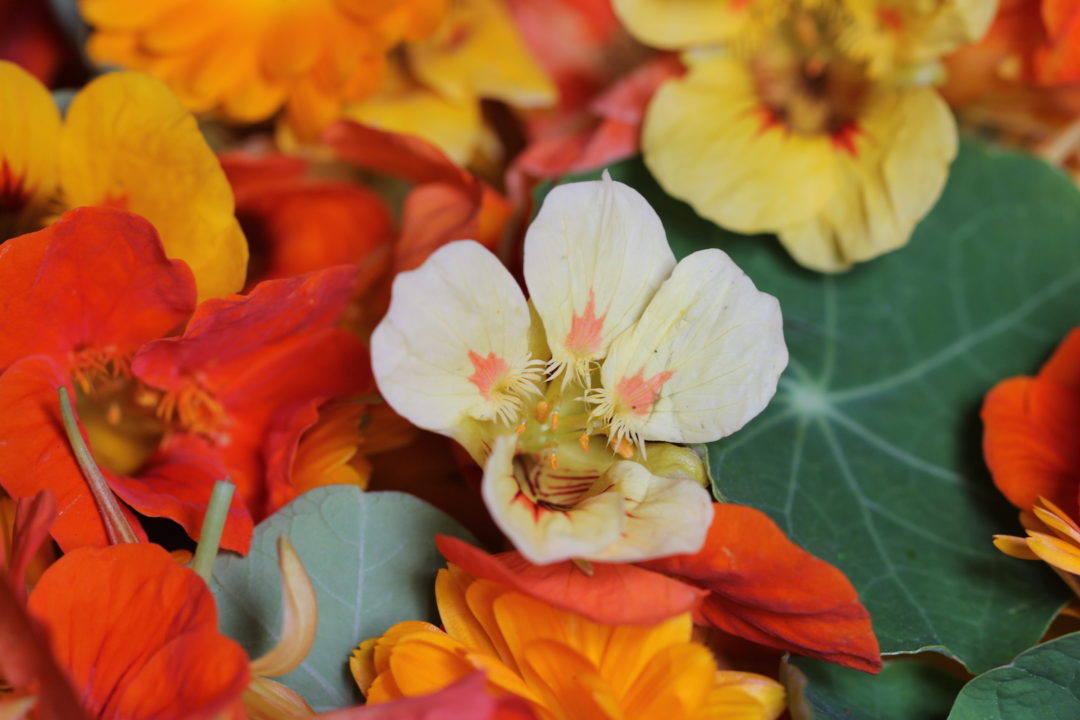
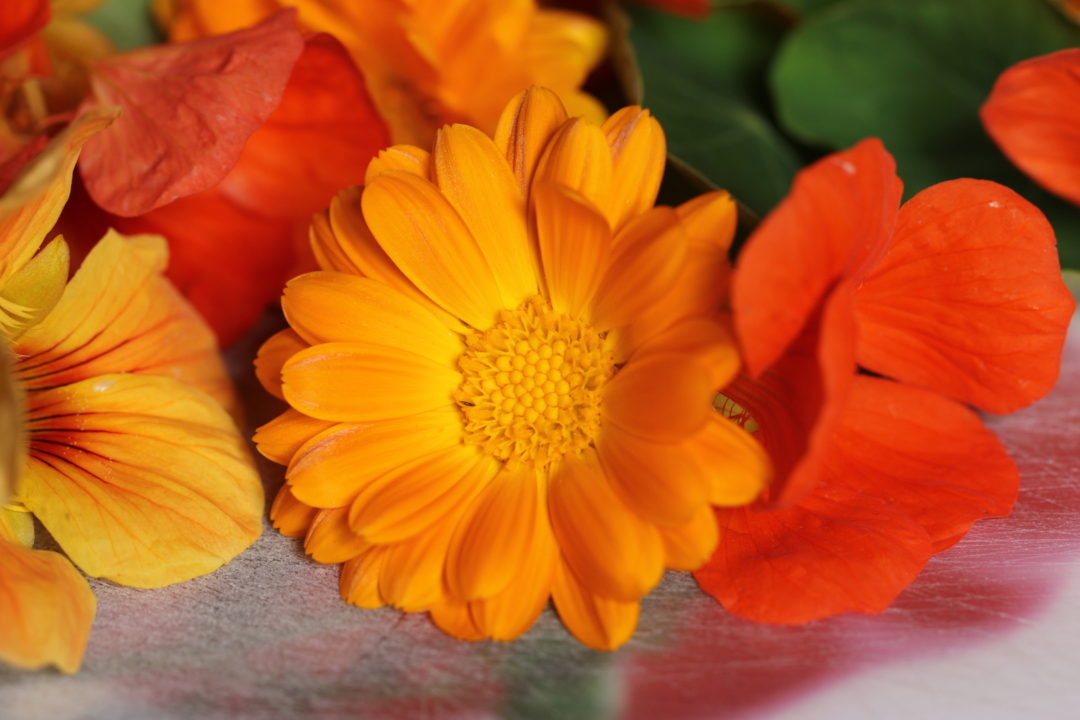
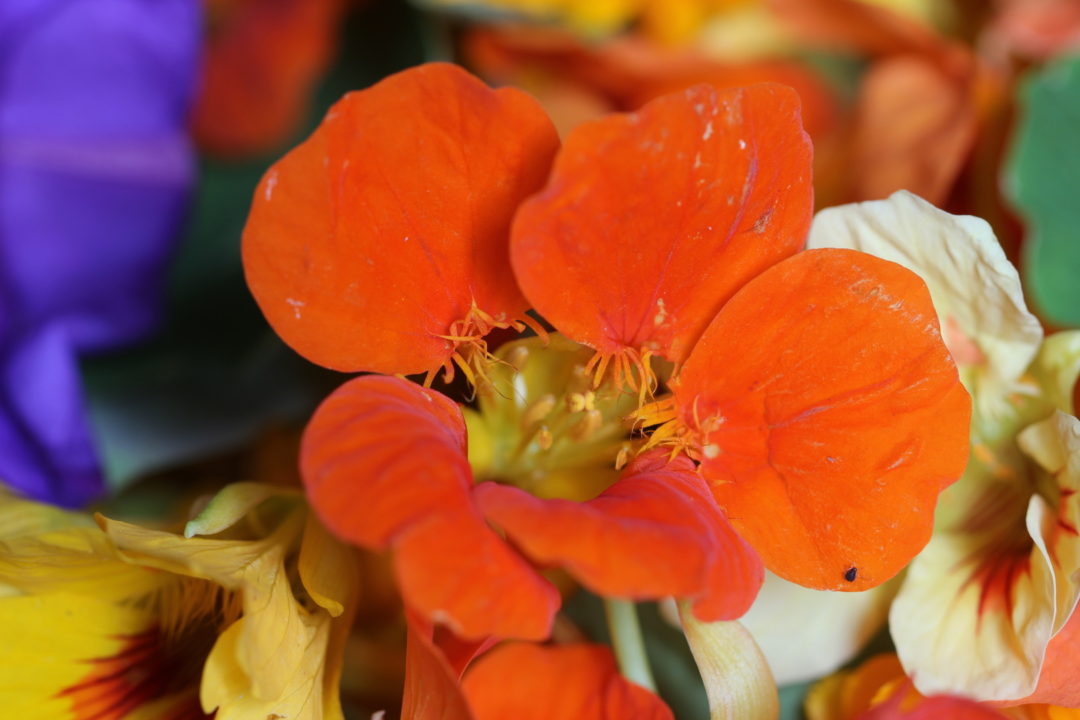

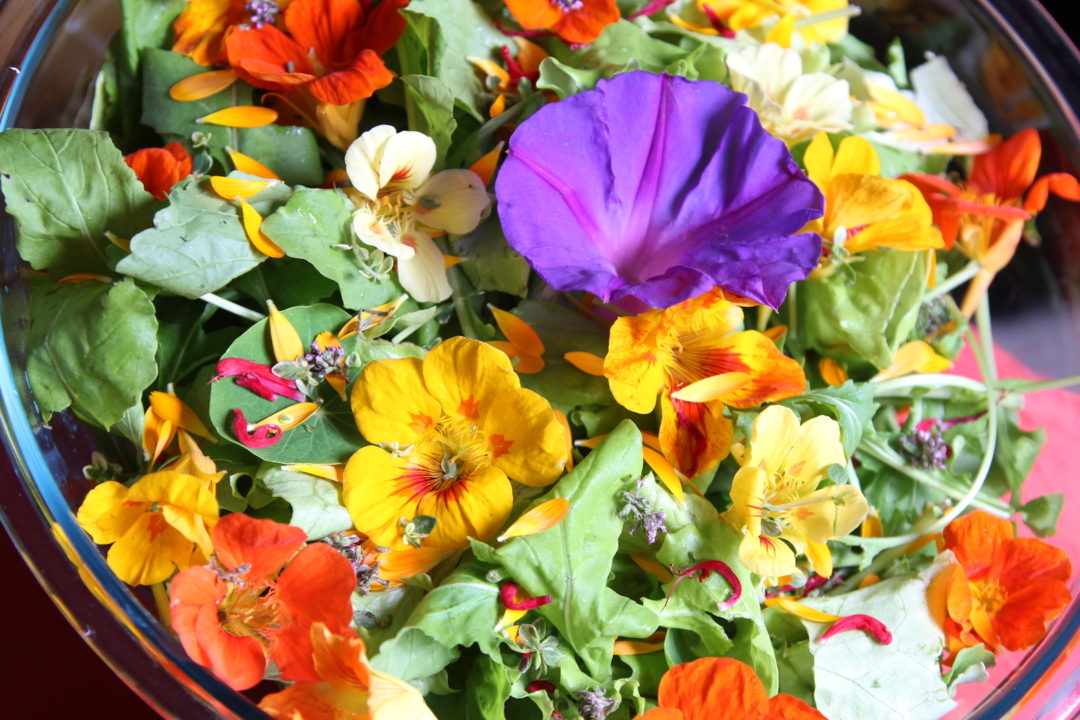
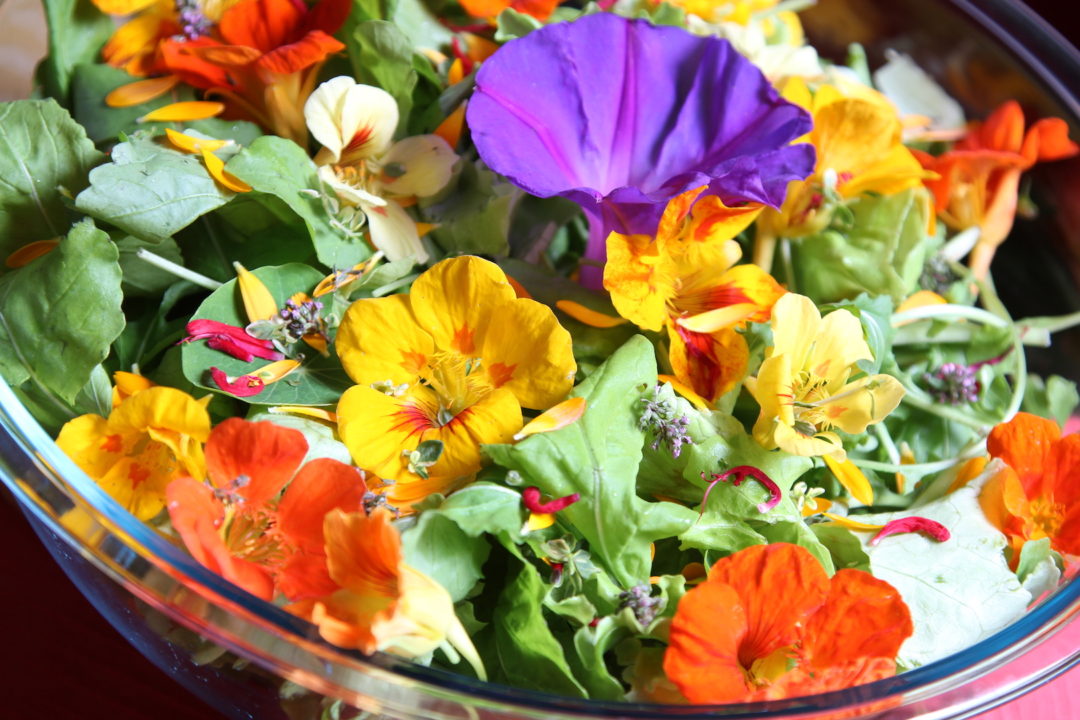



No Comments